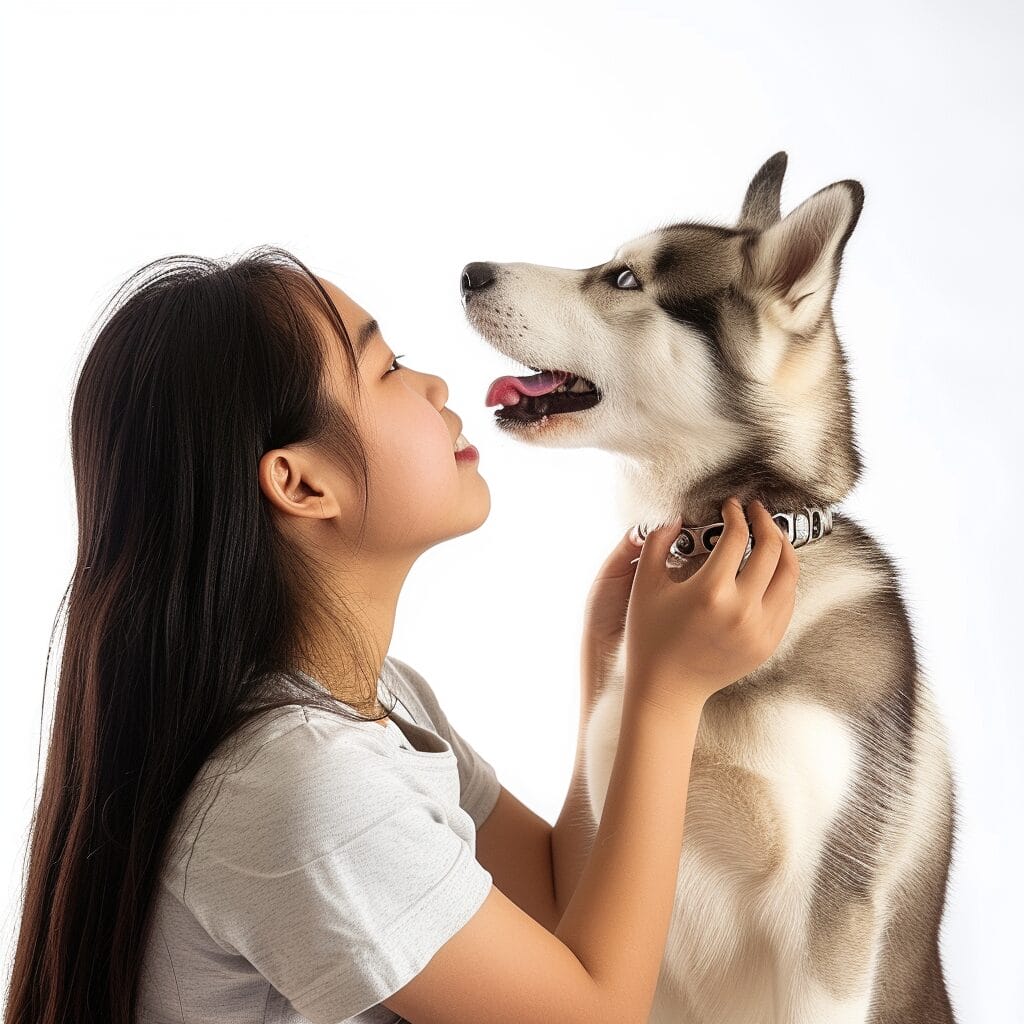Wondering whether to take off your dog’s collar at home? It’s a common concern among pet owners. While collars and harness are essential for identification and leash attachment, there are instances where removing them can be beneficial. This blog post delves into the factors to consider when deciding whether to remove your dog’s collar indoors.
Many pet parents weigh the safety and comfort of their furry companions when contemplating this decision. Understanding the potential risks and benefits of a harness is crucial in making an informed choice for your pet’s well-being. Stay tuned as we explore the various scenarios where taking off your dog’s collar might be advantageous, providing you with valuable insights into this often overlooked aspect of pet care.
Should I Take My Dog’s Collar Off at Home?
Understanding the Importance of Dog Collars

Importance of Dog Collars
Dog collars serve key purposes for the safety and well-being of our furry friends. They act as a form of identification, allowing anyone who finds a lost dog to contact the owner. The collar typically holds important information such as the dog’s name, owner’s contact details, and sometimes even medical information.
years of training and conditioning have made dogs associate their collars with going outside for walks or outings. When they see their collar being taken out, they know it’s time for an adventure! This leads to better control during walks because dogs learn that when the collar is on, it signifies that they are in “work mode.”
The attachment point for a leash is another reason why dog collars are essential. It provides a secure way to connect your dog to their leash during outdoor activities like walks or visits to the vet.
Pros and Cons of Keeping Your Dog’s Collar On at Home
Pros
- Immediate identification if your dog gets lost
- Helps maintain control during indoor playtime or training sessions
- Convenient attachment point for leashes when unexpected situations arise
Cons
- Potential discomfort if worn constantly
- Risk of getting caught on objects around the house
Leaving your dog’s collar on at home ensures that they are always ready in case they accidentally escape through an open door or gate. In emergency situations where you need to leave quickly with your pet, having their collar on can save valuable time by providing immediate identification.
On the other hand, keeping a collar on all day might lead to discomfort due to constant pressure around the neck area. There is also a risk of it getting caught on furniture or other objects around the house which could potentially cause harm.
Finding Balance: When to Remove Your Dog’s Collar
It’s important for pet owners to find a balance between keeping their dogs safe and comfortable at home. A good practice may involve removing your dog’s collar when they are indoors for extended periods without any risk factors present (such as open doors or windows).
For example:
- During supervised indoor playtime sessions.
- When taking naps or resting inside.
- While engaging in grooming activities like brushing fur.
Safety Measures for Your Dog’s Collar Usage
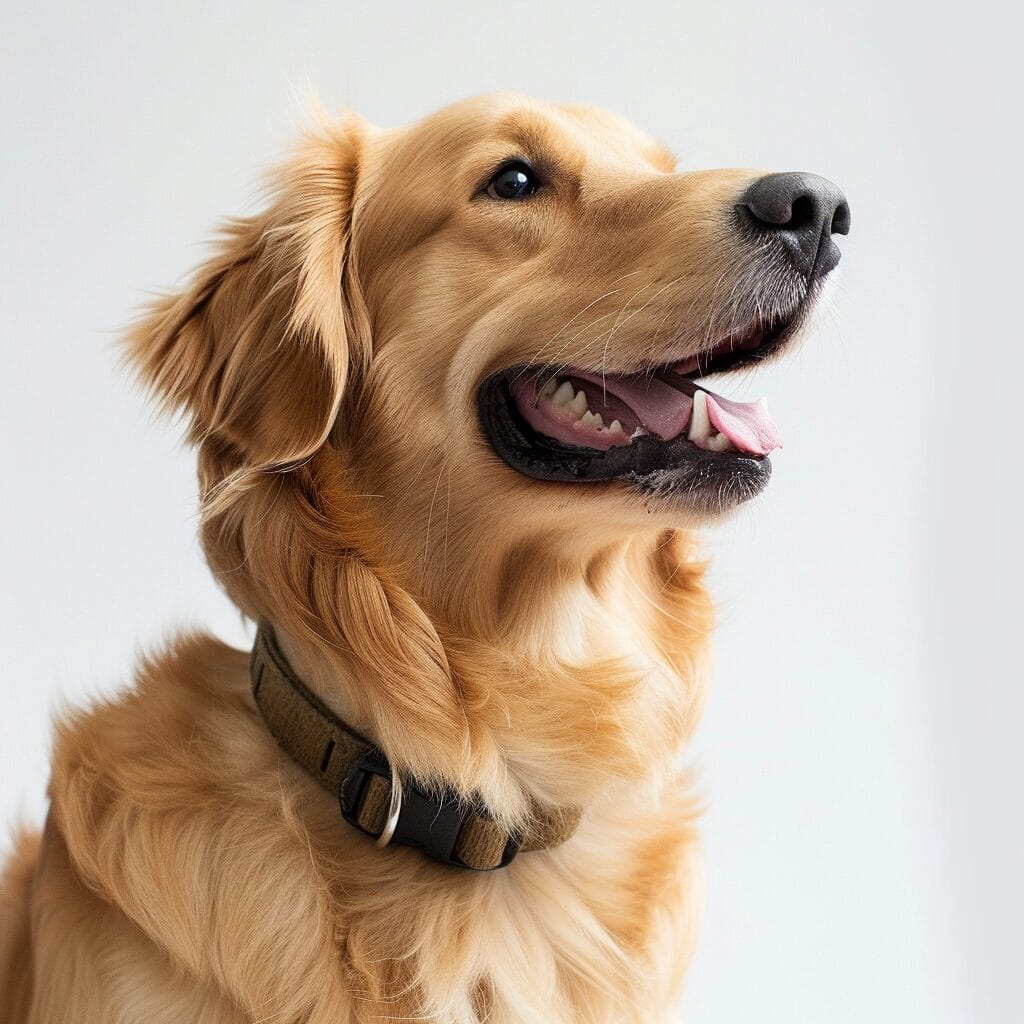
Proper Fit and Adjustment
Ensuring the proper fit and adjustment of your dog’s collar is crucial for their safety. The collar should be snug enough that you can only fit two fingers between the collar and your dog’s neck. If it’s too loose, there is a risk of it getting caught on something or slipping off. On the other hand, if it’s too tight, it can cause discomfort or even injury to your pet.
Regularly check the fit of the collar as your dog grows or gains/loses weight. A well-fitted collar ensures that identification tags are visible and accessible in case your pet gets lost. An ill-fitting collar can lead to chafing or skin irritation on your dog’s neck.
Inspecting the condition of the dog‘s collar regularly is also important. Look for signs of wear and tear such as fraying fabric, rusted metal parts, or weakened buckles. These issues could compromise the effectiveness of the collar and pose a danger to your pet.
Use of Breakaway Collars for Safety
Consider using breakaway collars especially if you leave your dog unattended at home with their collar on. Breakaway collars are designed with a special clasp that releases when pressure is applied, allowing dogs to free themselves if their collars get caught on something.
Breakaway collars are particularly beneficial for active dogs who may explore outdoor areas where there is a higher risk of snagging their collars on branches or fences. By using breakaway collars in these situations, you reduce the likelihood of choking hazards or injuries caused by entanglement.
In addition to providing safety while exploring outdoors, breakaway collars can also minimize risks inside homes where dogs might accidentally get tangled in furniture or other objects.
Potential Dangers of Leaving Collars on Dogs
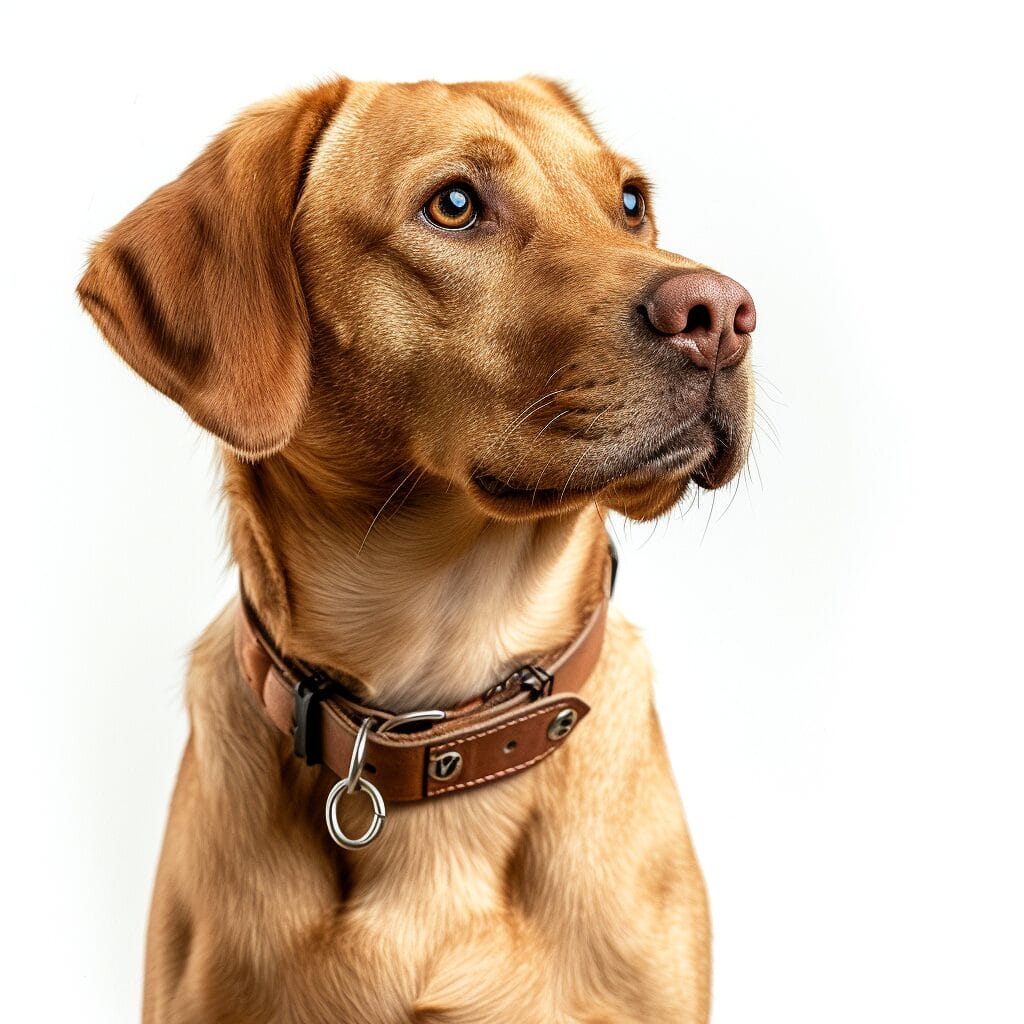
Risk of Accidents
Leaving a dog’s collar on at home can pose various risks to their safety. One significant danger is the potential for the collar to get caught or stuck on objects around the house. This can happen during play, exploration, or even when they are trying to scratch an itch. If left unsupervised, the dog may struggle and panic, leading to serious accidents such as choking or strangulation.
Collars with tags and buckles can easily get snagged on furniture corners, fences, or other items in the home. For example, if a dog wearing a collar gets too close to a fence while playing outside and tries to back away quickly, there’s a risk that its collar could become entangled in the fence.
In some cases where dogs have been left unattended with their collars on indoors or outdoors, they have accidentally hung themselves by getting their collars caught in openings between stair railings or crate bars.
Skin Irritation
Another concern associated with leaving dog collars on constantly is potential skin irritation. The constant friction from wearing a collar all day and night can lead to hair loss and chafing around the neck area. This is especially true for dogs with sensitive skin.
Continuous wear of tight-fitting collars may also cause pressure sores due to restricted blood flow around the neck area. These sores are not only painful but also prone to infection if not treated promptly.
Moreover, dampness trapped under the collar after swimming or bathing isn’t given an opportunity to dry properly when worn continuously; this creates an ideal environment for fungal infections like yeast dermatitis.
Signs Indicating When to Remove Your Dog’s Collar
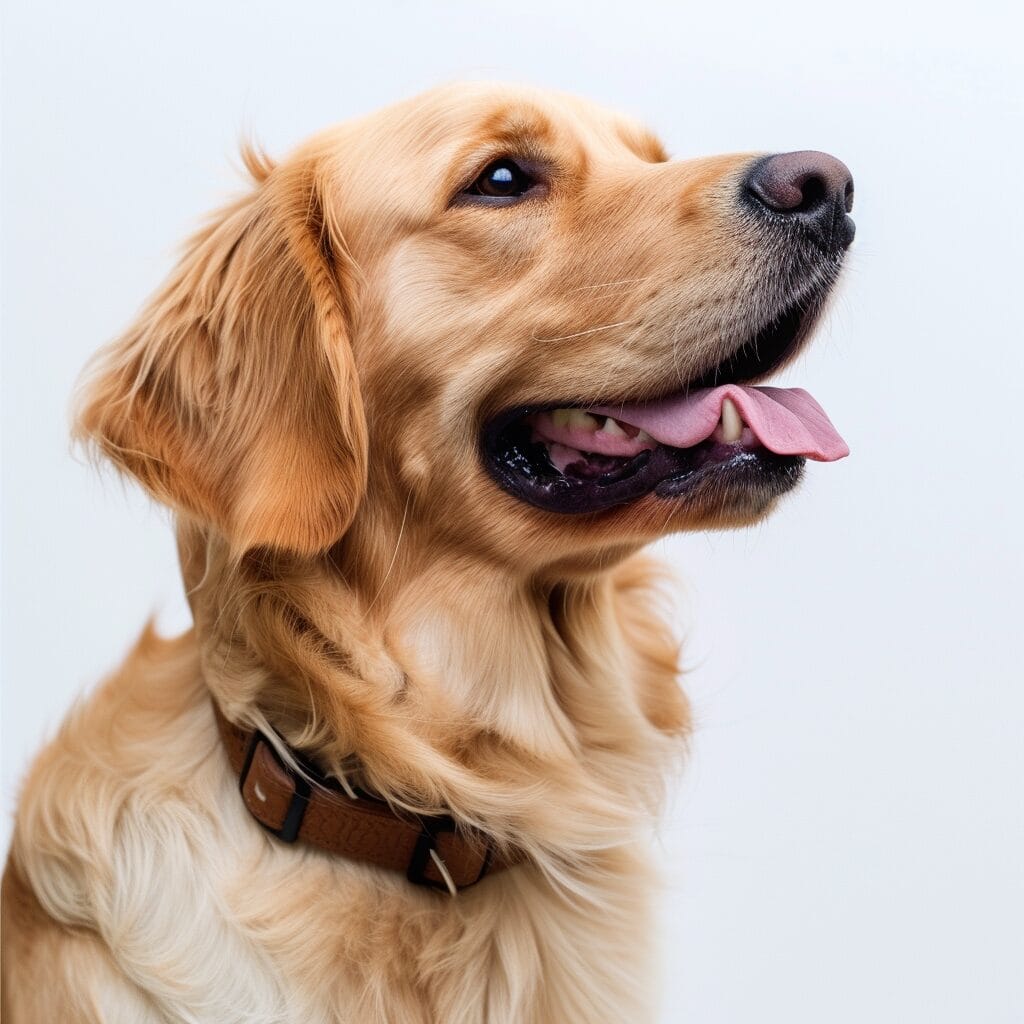
Redness or Hair Loss
If you notice redness or hair loss around your dog’s neck area, it may be a sign that the collar is causing irritation. This could result from constant friction between the collar and your dog’s skin. It’s essential to remove the collar to allow the area to heal properly.
For example, if you see bald patches on your dog’s neck where the collar sits, it could indicate that the collar is too tight or rubbing against their skin, causing discomfort and potential injury.
Discomfort and Scratching
When your dog displays discomfort or scratches excessively at their collar, it might be time to take it off. Excessive scratching can lead to skin irritation and even open wounds if not addressed promptly. The constant discomfort caused by wearing a collar can also impact your dog’s overall well-being.
For instance, if you observe your dog constantly pawing at their neck or trying to rub their head against furniture in an attempt to relieve pressure from the collar, this behavior indicates that they are experiencing discomfort.
Need for Relaxation During Rest Periods
Your furry friend needs relaxation during rest periods just like humans do. If they spend most of their time indoors with no risk of getting lost outside, removing their collar during these times can provide them with much-needed comfort and freedom. Allowing them some time without a collar can alleviate any pressure points on their neck and give them a break from wearing something around it all day long.
Consider providing examples such as when dogs are resting inside homes under supervision; taking off collars allows them unrestricted comfort during these periods.
Best Practices for Dog Collar Use at Home

Benefits of Lightweight Collars
Choosing a lightweight collar for your dog can make a significant difference in their comfort level. These collars are less likely to cause irritation or discomfort, especially during extended wear. They are perfect for indoor use and provide the necessary identification without causing any inconvenience to your pet.
Lightweight collars also reduce the risk of neck strain or injury. Dogs that wear heavy or bulky collars may experience discomfort, especially when lounging around at home. Opting for lightweight options ensures that your dog feels at ease even when wearing their collar indoors.
Positive Reinforcement for Collar Wearing
Using positive reinforcement techniques can help your dog become more comfortable with wearing their collar at home. By associating the act of putting on the collar with positive experiences like treats, praise, or playtime, you can create a positive association in your dog’s mind.
When introducing a new collar or encouraging its use indoors, reward your pet each time they wear it without fussing or trying to remove it themselves. Over time, this positive reinforcement will help them understand that wearing the collar brings good things and is nothing to be concerned about.
Importance of Supervision
Allowing collar-free time indoors under supervision provides several benefits for both you and your dog. It allows them to enjoy freedom from the confinement of a collar while ensuring their safety within the home environment.
Supervising your dog during these times enables you to observe their behavior without a collar on and assess whether they exhibit any signs of discomfort or irritation due to prolonged wear. You can also monitor how they respond to being free from the weight and restriction of a collar while inside.
Setting Boundaries
While providing supervised time without a collar is beneficial, it’s essential to establish clear boundaries regarding where this freedom applies within the home. For example, certain areas such as near doors leading outside should always require proper identification through wearing their collars even if supervised closely by an owner.
Nighttime Safety and Collar Removal for Dogs
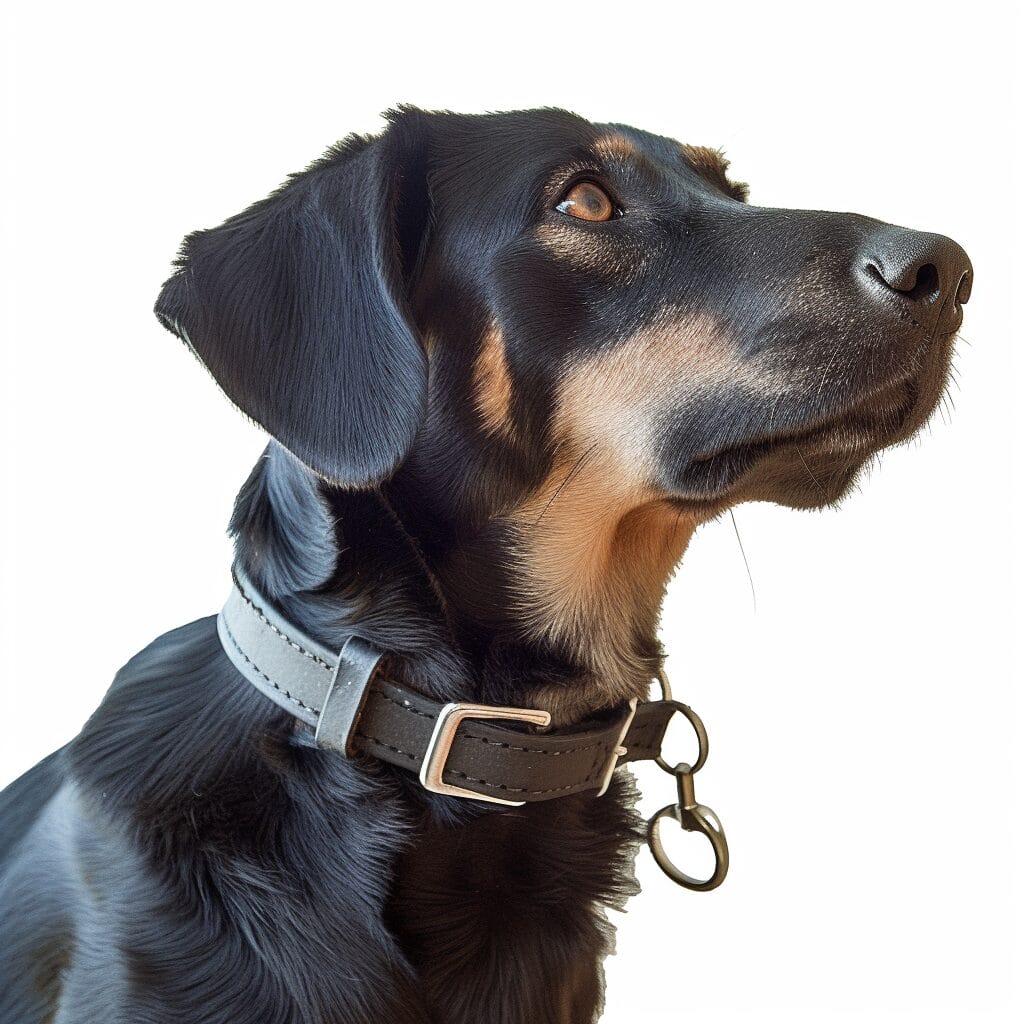
Removing Collars Before Bedtime
It’s essential for dog owners to consider removing their dog’s collar before bedtime. This practice can prevent potential accidents or injuries that may occur if the collar gets caught on objects while the dog is unsupervised during sleep. Without a collar, dogs can rest comfortably without any risk of choking or getting stuck.
Removing the collar at night gives your dog a chance to relax and feel unrestricted after wearing it throughout the day. It allows them to unwind and enjoy a peaceful night’s sleep without any discomfort caused by the collar.
Reflective or Light-Up Collars for Visibility
For added safety during nighttime activities, such as walks or bathroom breaks, using reflective or light-up collars is highly recommended for dog owners. These collars enhance visibility in low-light conditions, making it easier for others to see your dog from a distance.
By utilizing these specialized collars, you ensure that your furry friend remains visible and safe during evening strolls or outdoor excursions after sunset. This precaution significantly reduces the risk of accidents involving vehicles or other hazards due to poor visibility.
Providing a Designated Sleeping Area Without a Collar
Creating a designated sleeping area where your dogs can rest without their collars is beneficial for their overall comfort and safety. By offering them this space free from any accessories like collars, you allow them to fully relax without any restrictions on their necks.
This practice also helps in preventing skin irritation that may result from prolonged wear of collars. Giving your dogs some time off from wearing their collars provides relief and promotes better skin health around their neck area.
Alternatives to Regular Collars for In-Home Use
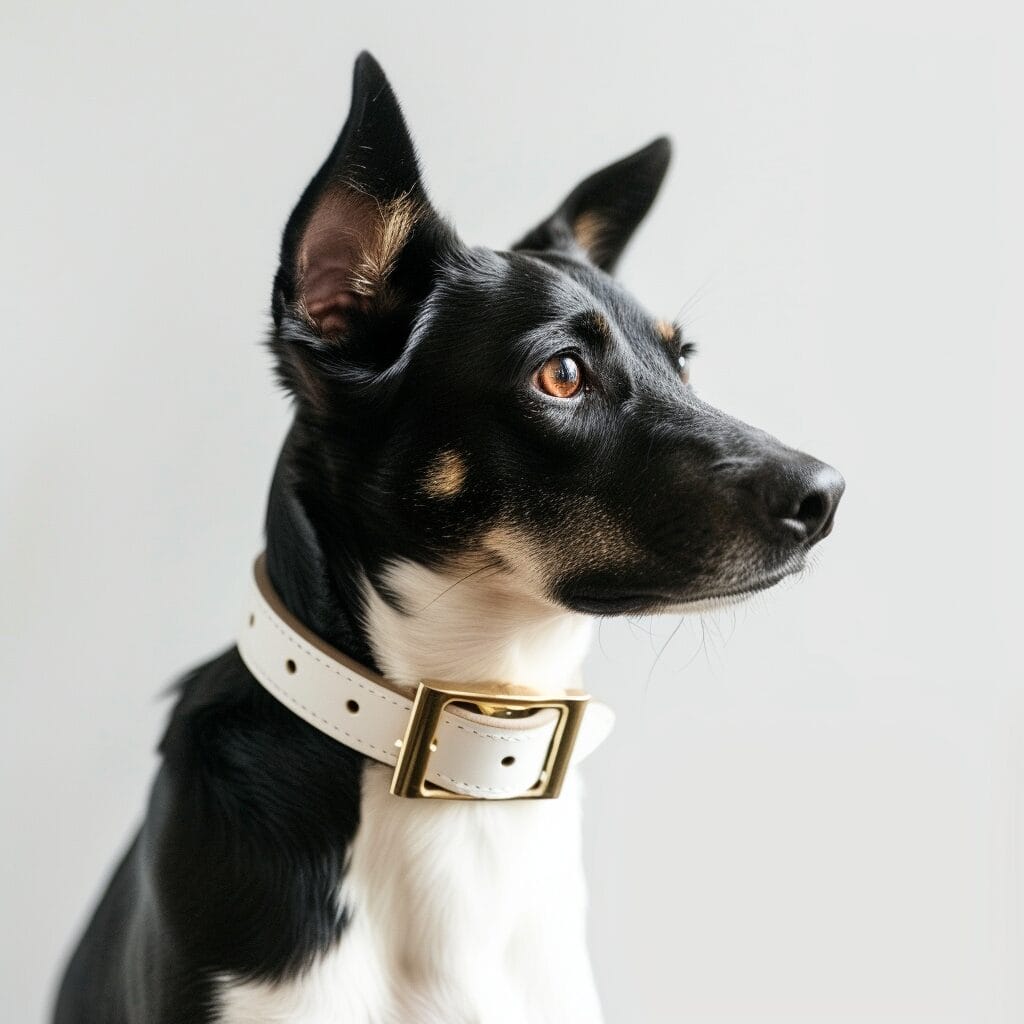
Harnesses
For home use, harnesses provide an excellent alternative to regular collars. They are primarily designed for control during walks but can also be used indoors. Harnesses distribute pressure more evenly across a dog’s body, reducing strain on the neck and preventing potential injuries. Unlike collars, they minimize the risk of choking or tracheal damage when dogs pull or lunge. This makes them a safer option for indoor use, especially if your dog tends to get overly excited or pulls on their leash inside the house.
Harnesses also offer additional security in case your dog tries to slip out of their collar at home. The design ensures that even if they manage to wriggle free from their collar, you still have a way to maintain control over them using the harness.
Personalized Tags with Microchipping
Another valuable home alternative is personalized tags combined with microchipping for identification purposes. While not worn directly by the dog like a collar, these tags and microchips serve as crucial identifiers in case your pet gets lost within or outside your property. Personalized tags typically include contact information such as your phone number and address so that anyone who finds your pet can easily reach out.
Microchipping offers an added layer of protection since it cannot be removed or lost like traditional ID tags might be. It involves inserting a tiny chip under the skin near the shoulder blades which can be scanned by veterinarians or animal shelters if your pet goes missing.
Temporary Bandanas or Decorative Accessories
For those who prefer their pets wearing something around their necks while at home without using regular collars, temporary bandanas or decorative accessories are great options. These items don’t place any pressure on the neck and allow dogs to move freely indoors without any discomfort caused by standard collars.
Bandanas come in various sizes and designs, making it easy for owners to find one that suits their dog’s personality while adding a touch of style at home. Some decorative accessories such as bow ties or fabric flowers offer an aesthetic appeal without compromising comfort.
Ensuring Comfort and Safety Without a Collar

Regular Grooming
Regular grooming is essential to maintain cleanliness and ensure the visibility of your dog’s identification tags. By keeping your pet clean, you help prevent skin irritation that may arise from wearing a collar for extended periods. Well-groomed pets are more comfortable without a collar at home. Brushing their fur regularly also helps in preventing mats or tangles that could become uncomfortable if left unattended.
Grooming not only keeps your pet clean but also allows you to inspect their skin for any abnormalities such as rashes or ticks. This practice ensures that your dog remains healthy and comfortable without the need for a collar while at home.
Training for Recall and Obedience
Training your dog for recall and obedience is crucial in ensuring their safety even when they are not wearing a collar at home. Teaching them to respond to commands like “come” or “stay” can provide an extra layer of security, especially when they’re indoors without any form of restraint.
By training your pet effectively, you reduce reliance on physical restraints such as collars or harnesses within the confines of your home. For instance, using positive reinforcement techniques like treats or praise can encourage good behavior and responsiveness from your furry friend even without having something around their necks.
Monitoring Behavior
It’s important to monitor your dog’s behavior closely when deciding whether they should wear a collar at home. Pay attention to signs of discomfort such as excessive scratching or pawing at their neck area which could indicate irritation caused by wearing a collar continuously.
Observe how they interact with furniture and wires inside the house; some dogs might get entangled in cords if left unsupervised while wearing collars indoors. If you notice any signs of distress related to having something around their necks, it might be best to allow them time off from wearing collars while inside the house.
Establishing a Routine for Collar Management
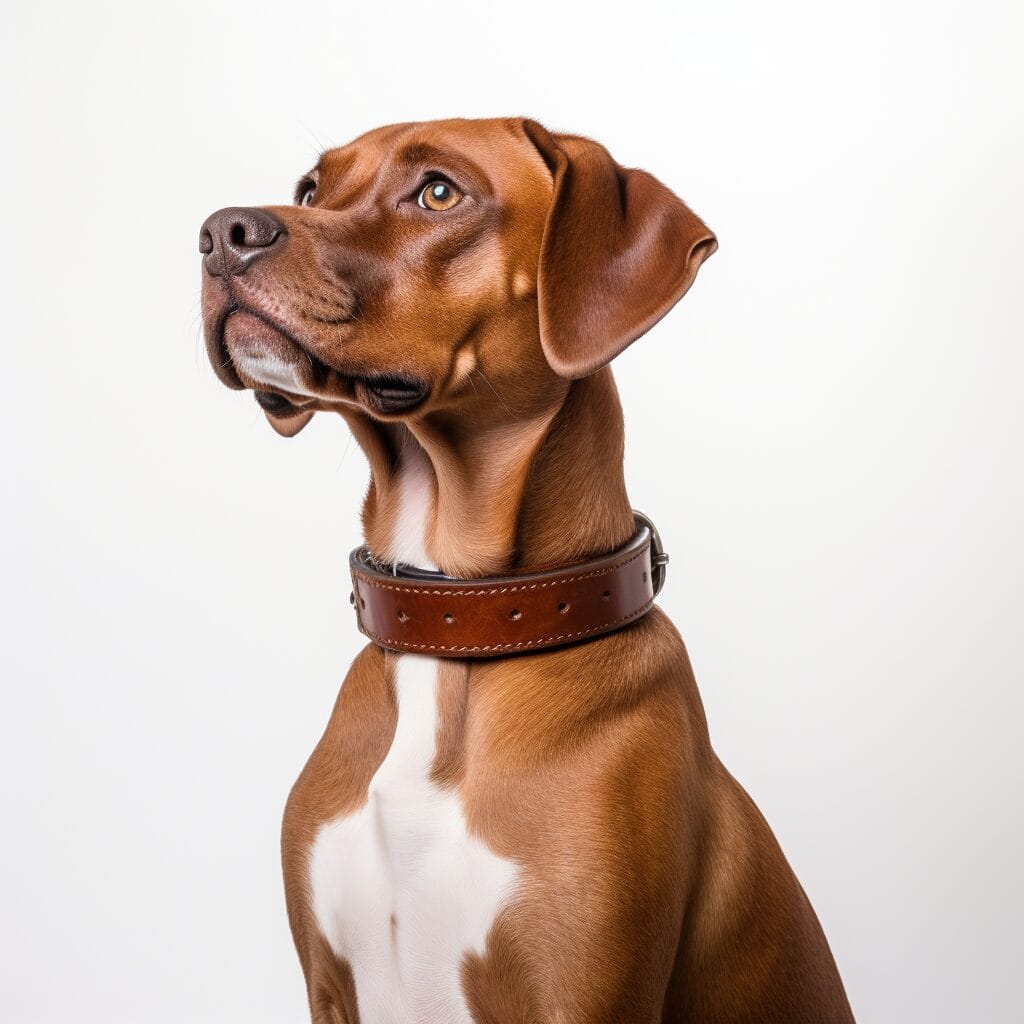
Scheduled Breaks
It’s important to practice scheduled breaks from your dog’s collar to ensure their comfort and safety. Allowing your dog to have some time without the collar can prevent any potential discomfort or irritation caused by prolonged wear. For example, you can establish a routine where you remove the collar during specific times of the day, such as during indoor playtime or relaxation periods.
Taking off the collar at home when it’s not needed is beneficial for your dog’s well-being. This practice allows their skin to breathe and reduces the risk of chafing or hair loss around the neck area. By incorporating regular breaks into your dog’s daily routine, you’re contributing to their overall comfort and happiness.
Consistent Check-ins
Consistently checking in on your dog’s collar condition is essential for ensuring its effectiveness and preventing any potential issues. Regularly inspecting the collar for signs of wear and tear, such as fraying or damage, helps maintain its functionality and safety. Monitoring your dog’s neck area for any signs of irritation due to wearing the collar continuously is crucial.
By practicing consistent check-ins on both the condition of the collar and your dog’s well-being while wearing it, you’re taking proactive steps towards keeping them comfortable and safe at all times.
Incorporating Collar-Free Playtime
Incorporating collar-free playtime into daily activities provides numerous benefits for both you and your furry companion. Allowing your dog to engage in play without wearing a collar gives them freedom of movement while reducing any restrictions that may come with constant wear.
During activities such as indoor play sessions or supervised outdoor exploration within a secure environment, removing the collar can enhance your pet’s enjoyment by providing more natural movement without constraints. It also minimizes potential risks associated with collars getting caught on objects during active play.
Closing Thoughts
In conclusion, the decision to remove your dog’s collar at home should be based on a thorough understanding of the benefits and risks associated with collar usage. Prioritizing safety and comfort is essential, and pet owners should remain vigilant for any signs of discomfort or potential hazards. By establishing a routine for collar management and exploring alternative options, such as personalized tags or breakaway collars, individuals can ensure their dogs’ well-being without compromising safety.
Considering the potential dangers and benefits discussed in this article, pet owners are encouraged to assess their specific situations and make informed decisions regarding their dog’s collar usage at home. Prioritizing safety and comfort is crucial, and regular assessments of your dog’s collar fit and condition can contribute to a safer living environment for your beloved pet.
Frequently Asked Questions
Should I leave my dog’s collar on at home?
It is generally recommended to remove your dog’s collar when they are at home, especially if they are unsupervised. This can help prevent potential accidents or injuries that may occur from the collar getting caught on objects.
How do I know if my dog’s collar is too tight?
You should be able to fit two fingers comfortably between your dog’s neck and the collar. If it feels snug but not constricting, it is likely a good fit. Regularly check for any signs of irritation or discomfort around the neck area.
Are there alternatives to regular collars for in-home use?
Yes, there are alternatives such as breakaway collars or harnesses that can be used indoors. These options provide safety and comfort while minimizing the risk of accidents associated with traditional collars.
When should I consider removing my dog’s collar?
Consider removing your dog’s collar during playtime, unsupervised periods, and at night. This reduces the risk of injury or discomfort due to accidental snagging or catching on objects around the house.
What practices ensure comfort and safety without a collar?
Regularly inspecting your pet’s neck area for any signs of irritation, using breakaway collars when necessary, and providing time without a collar all contribute to ensuring comfort and safety for your pet at home.

